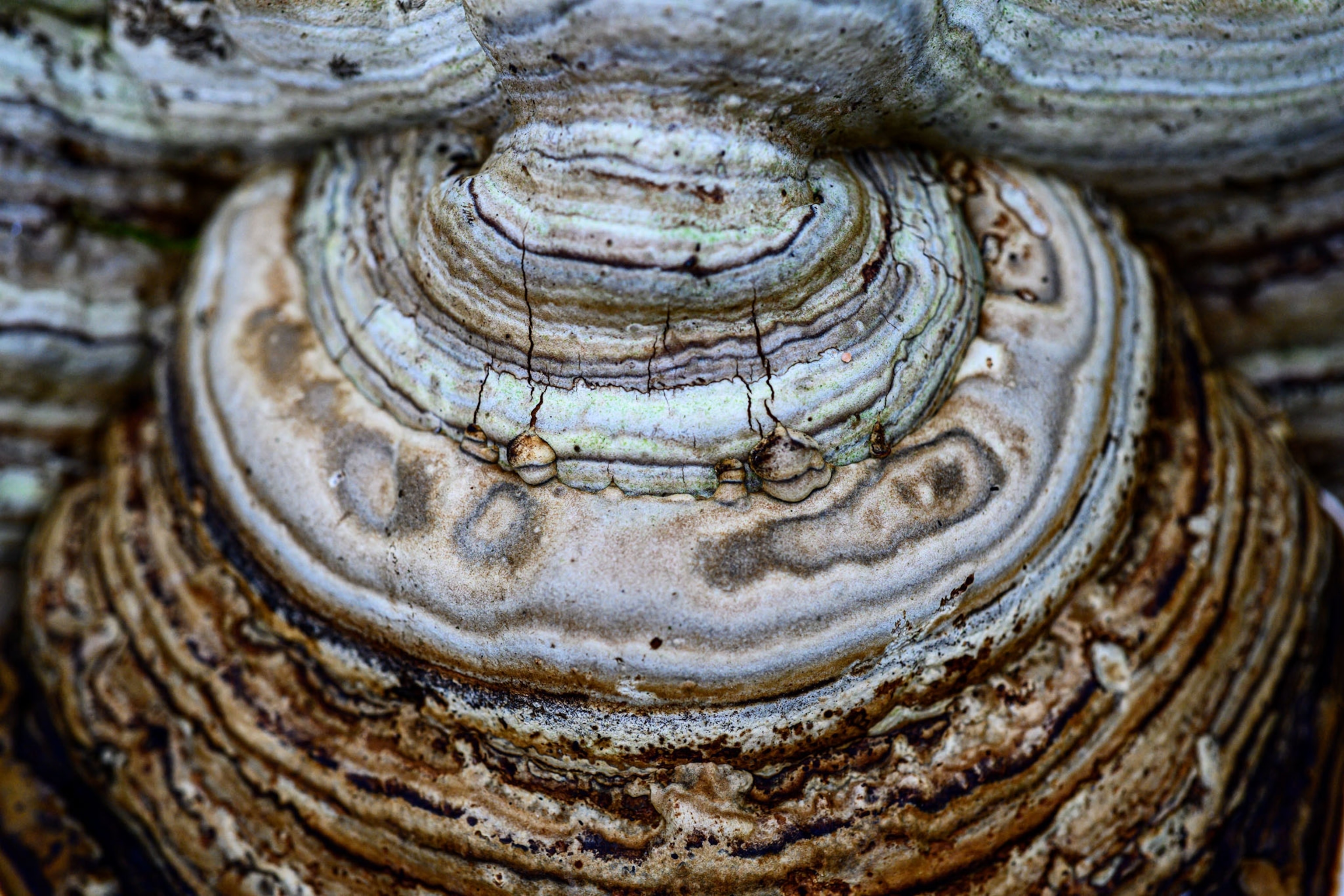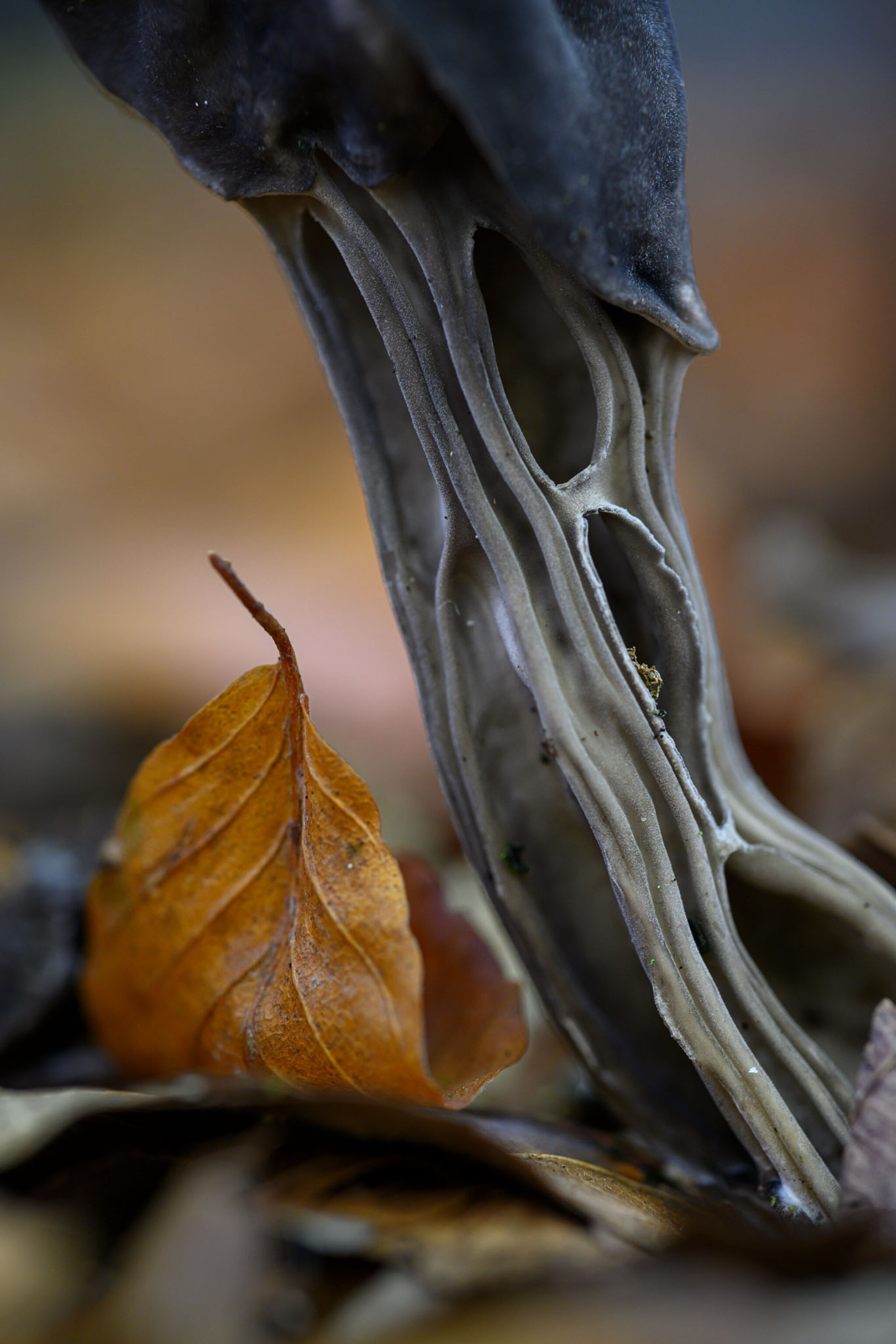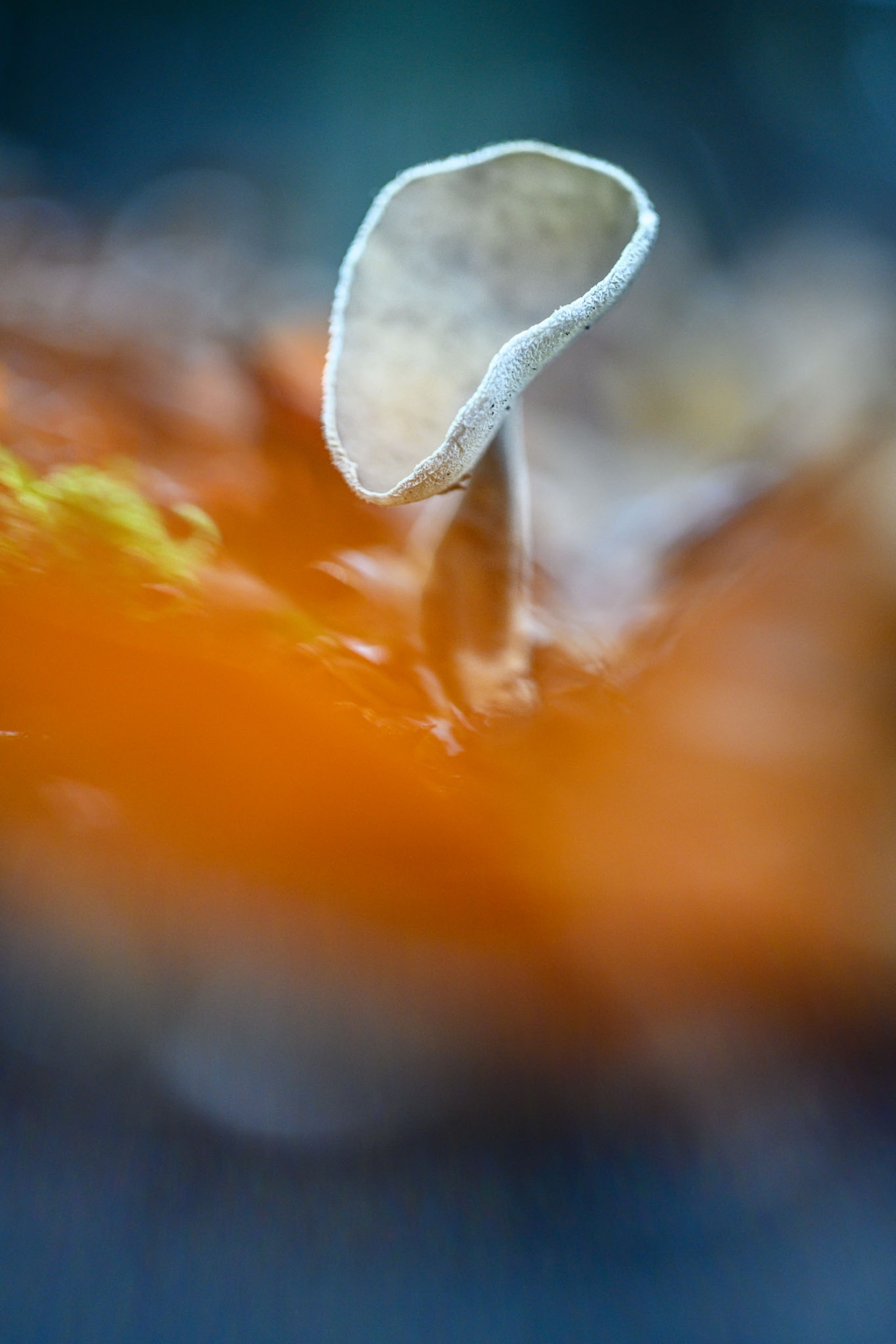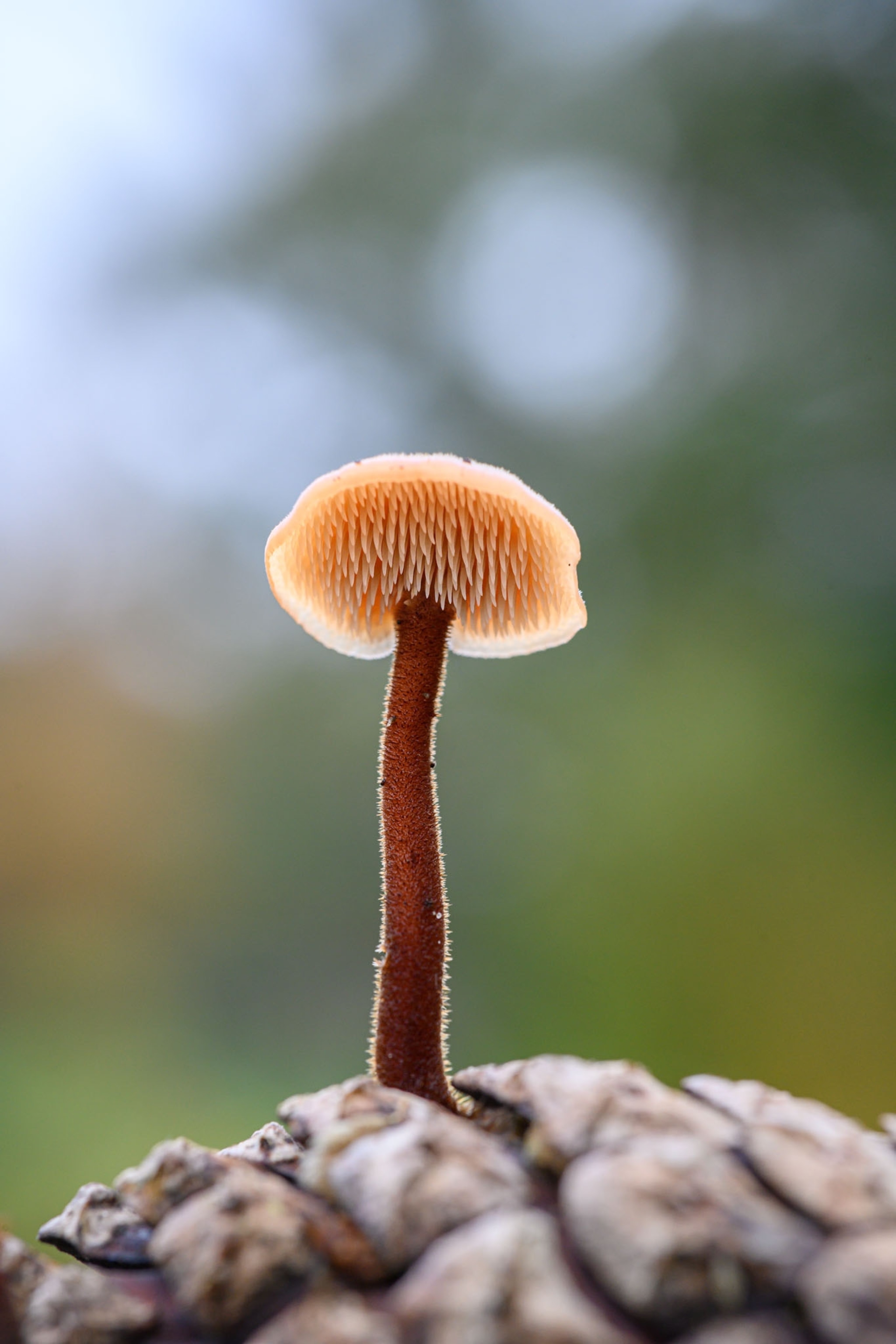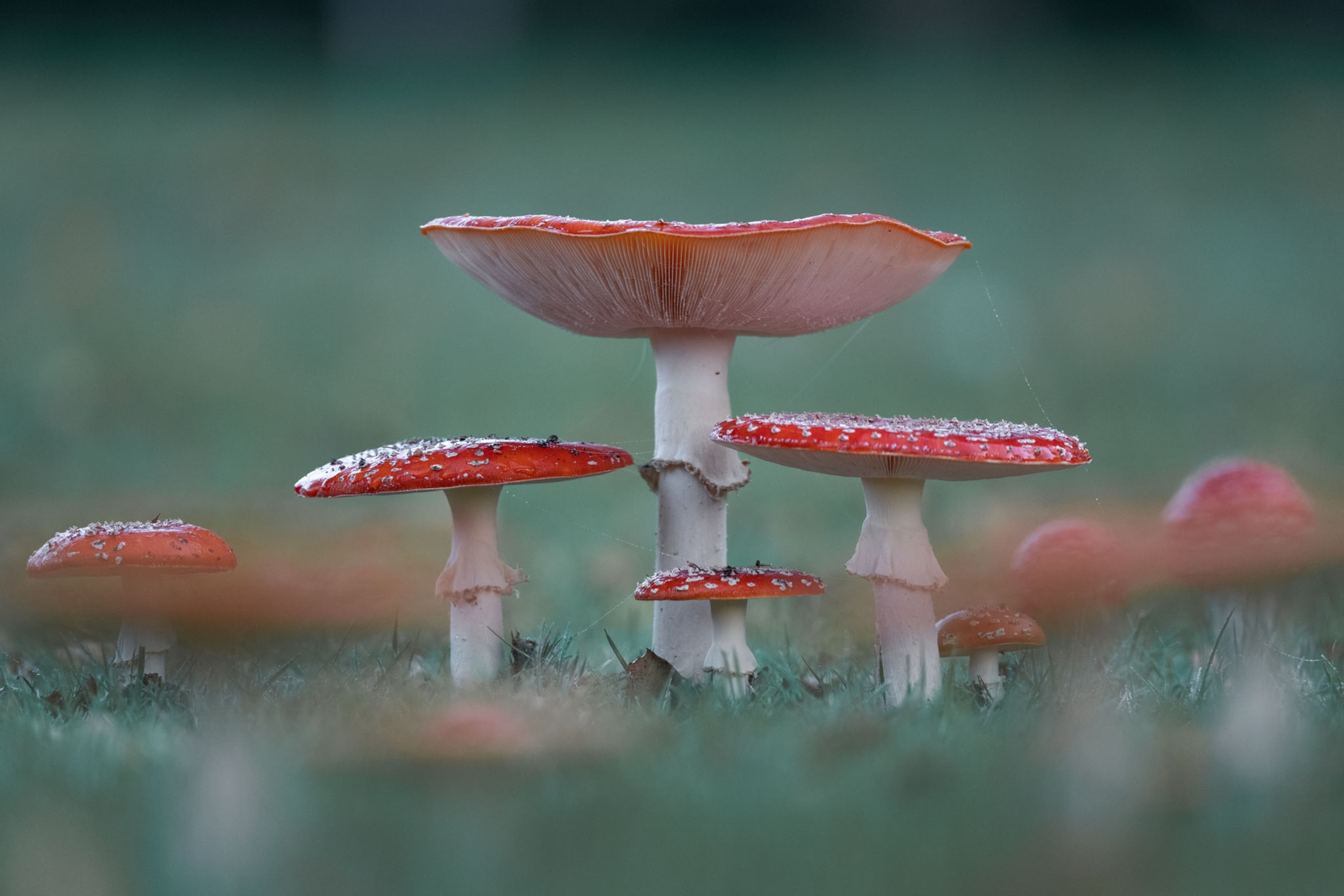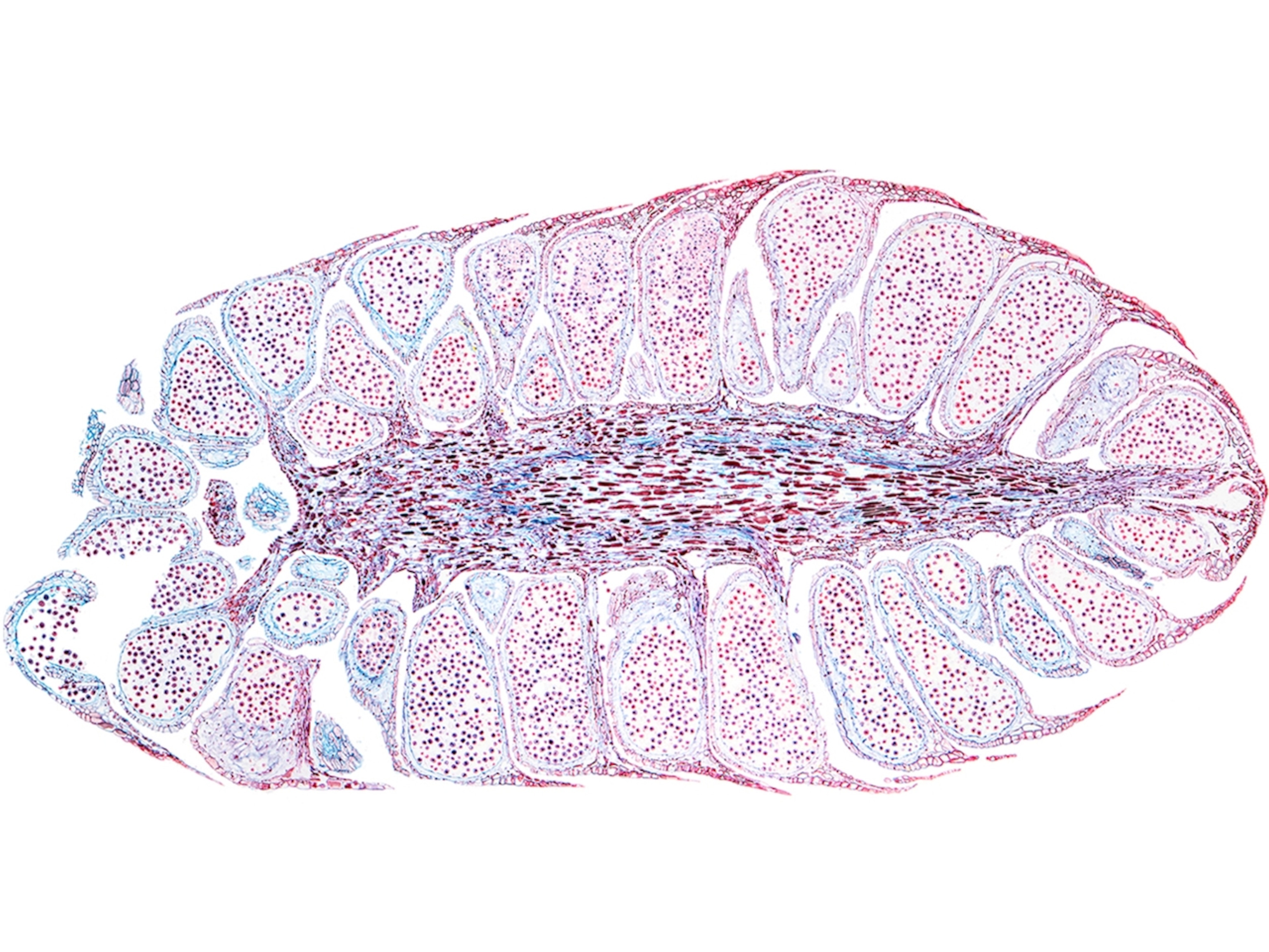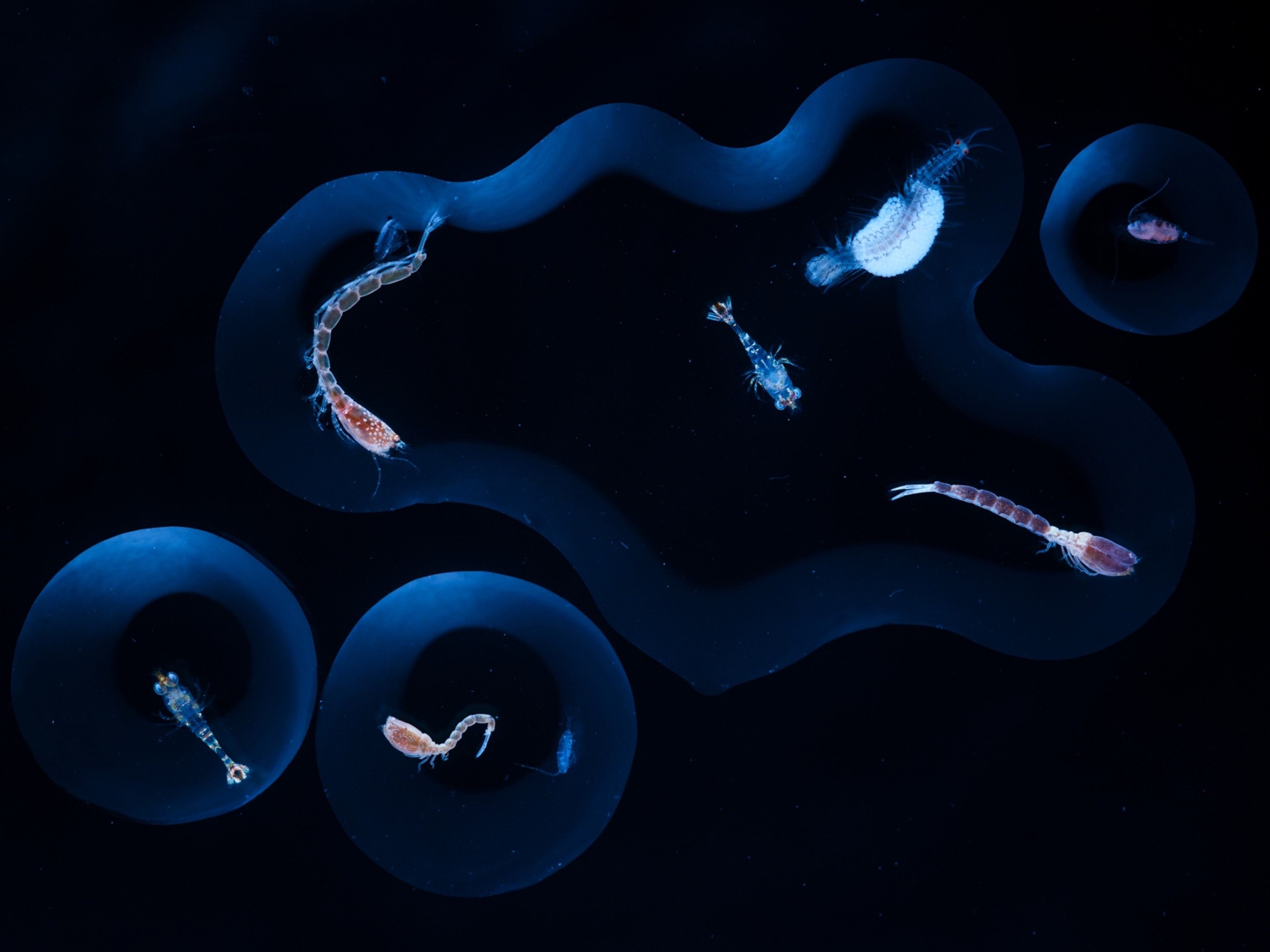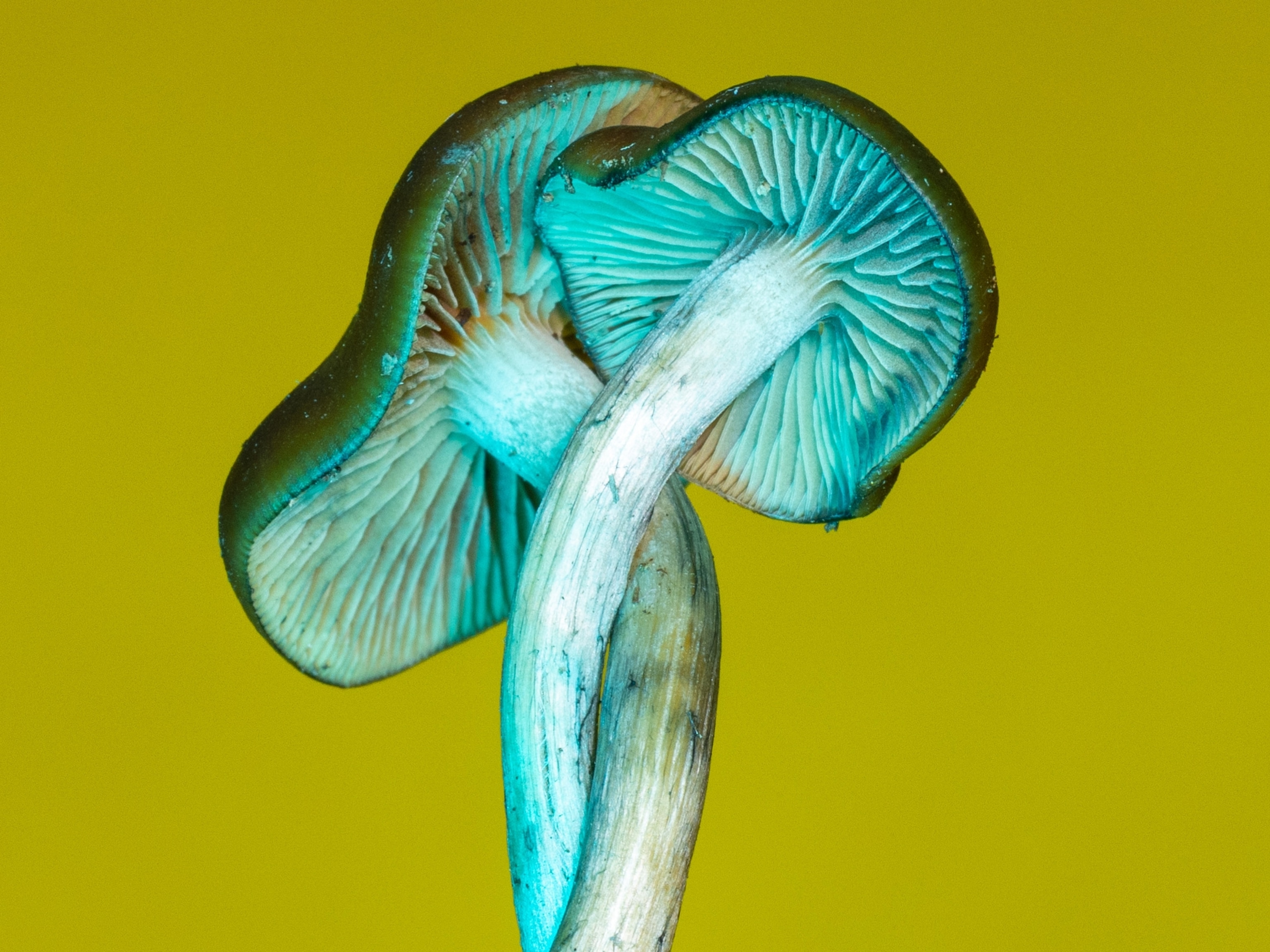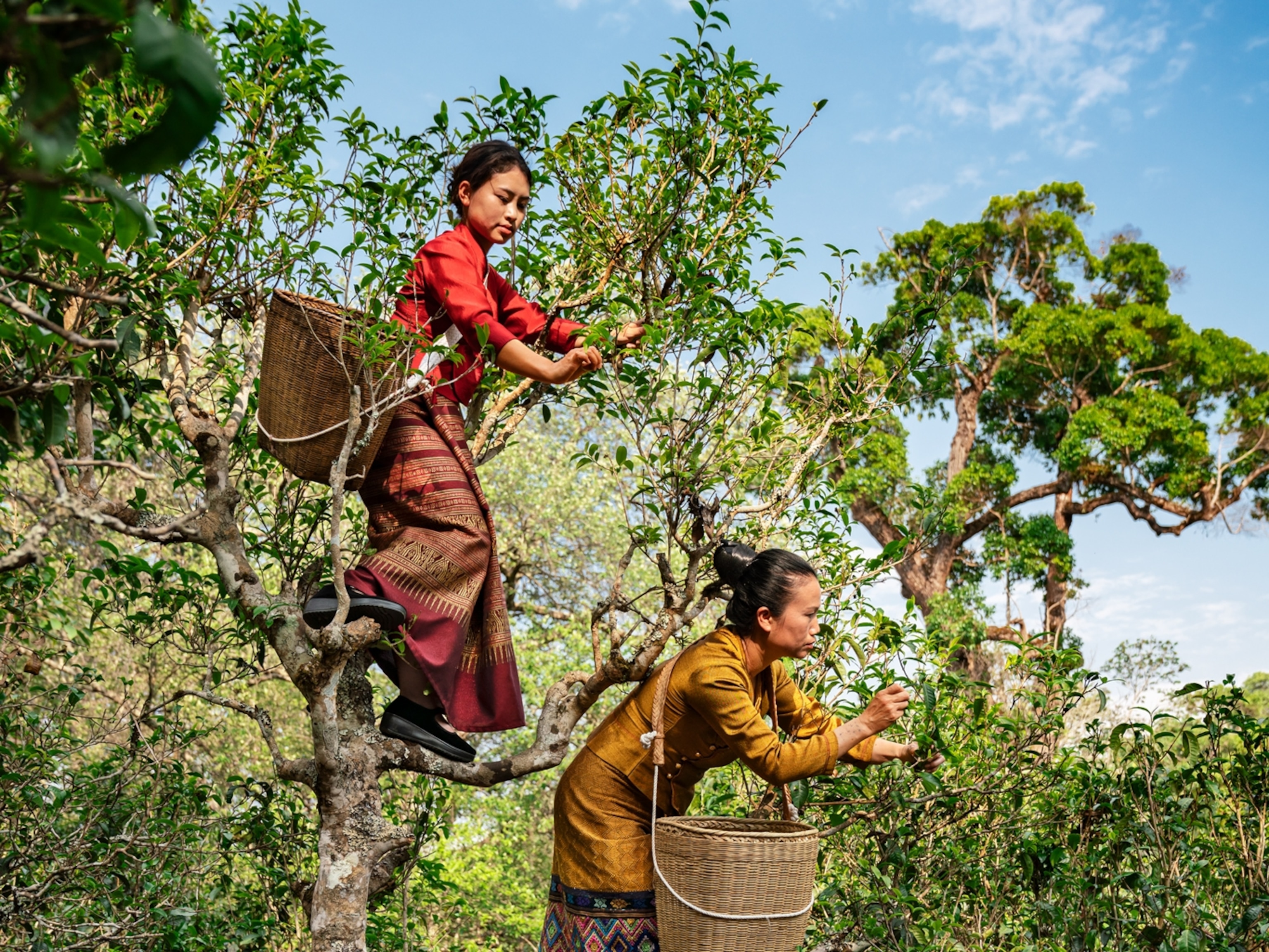I've traveled all over the world taking pictures of nature and ecosystems. When COVID-19 hit in March 2020 in the Netherlands, where I live, I stayed home like everyone else. That’s when I began to notice the fungi growing in my yard and around my neighborhood.
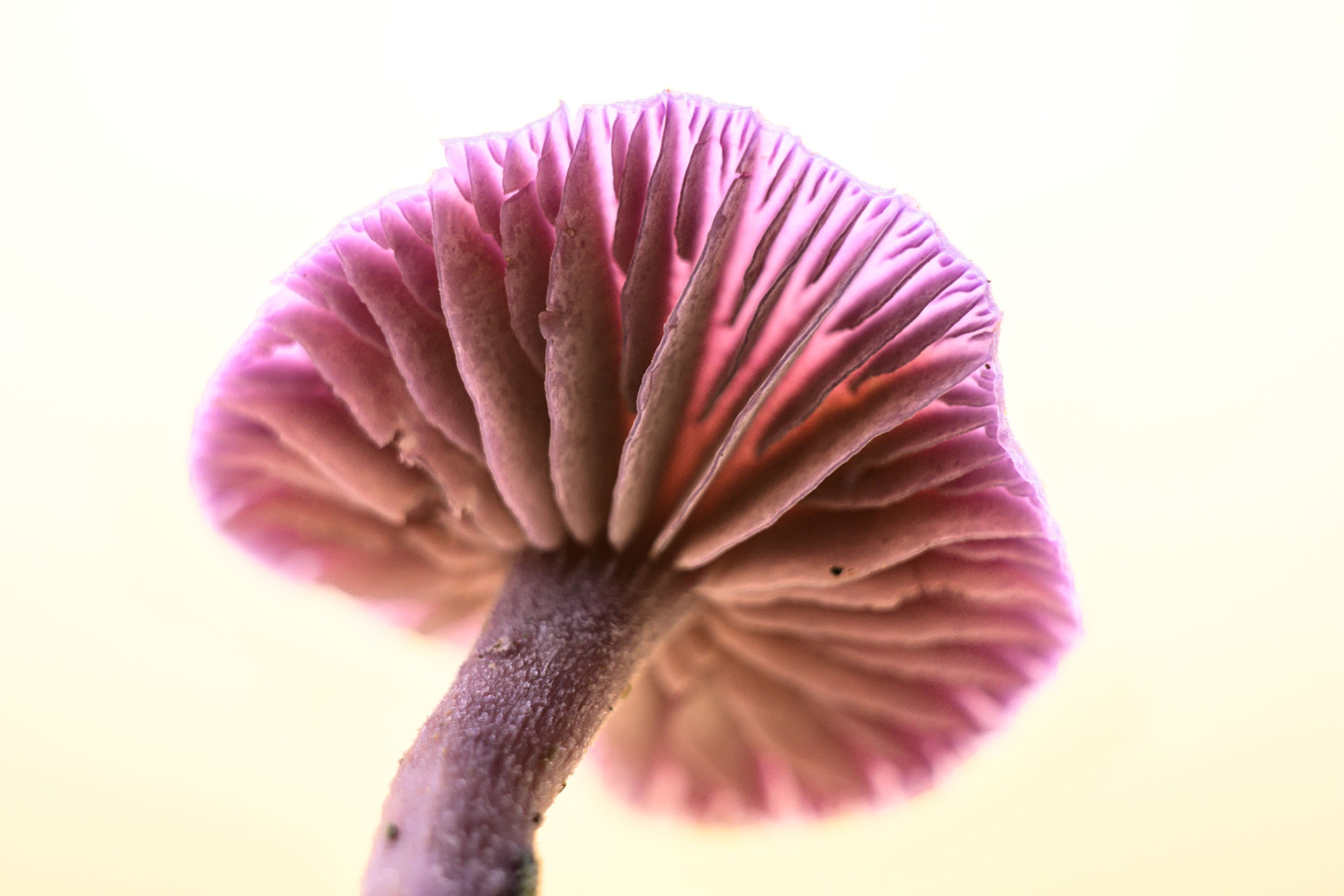
That mushrooms and other fungi thrive in humidity became abundantly clear to me starting in autumn 2019, when the Netherlands received an exceptional amount of precipitation.
But perhaps more essential than humidity for fungi is dead wood. Rotting timber contains nutrients that enter the soil, which in turn can help microorganisms, fungi, and insects. The entire food chain benefits from it. Around here, deposits of wood left behind from a former era of forest cutting have long enriched the soil and supported biodiversity.
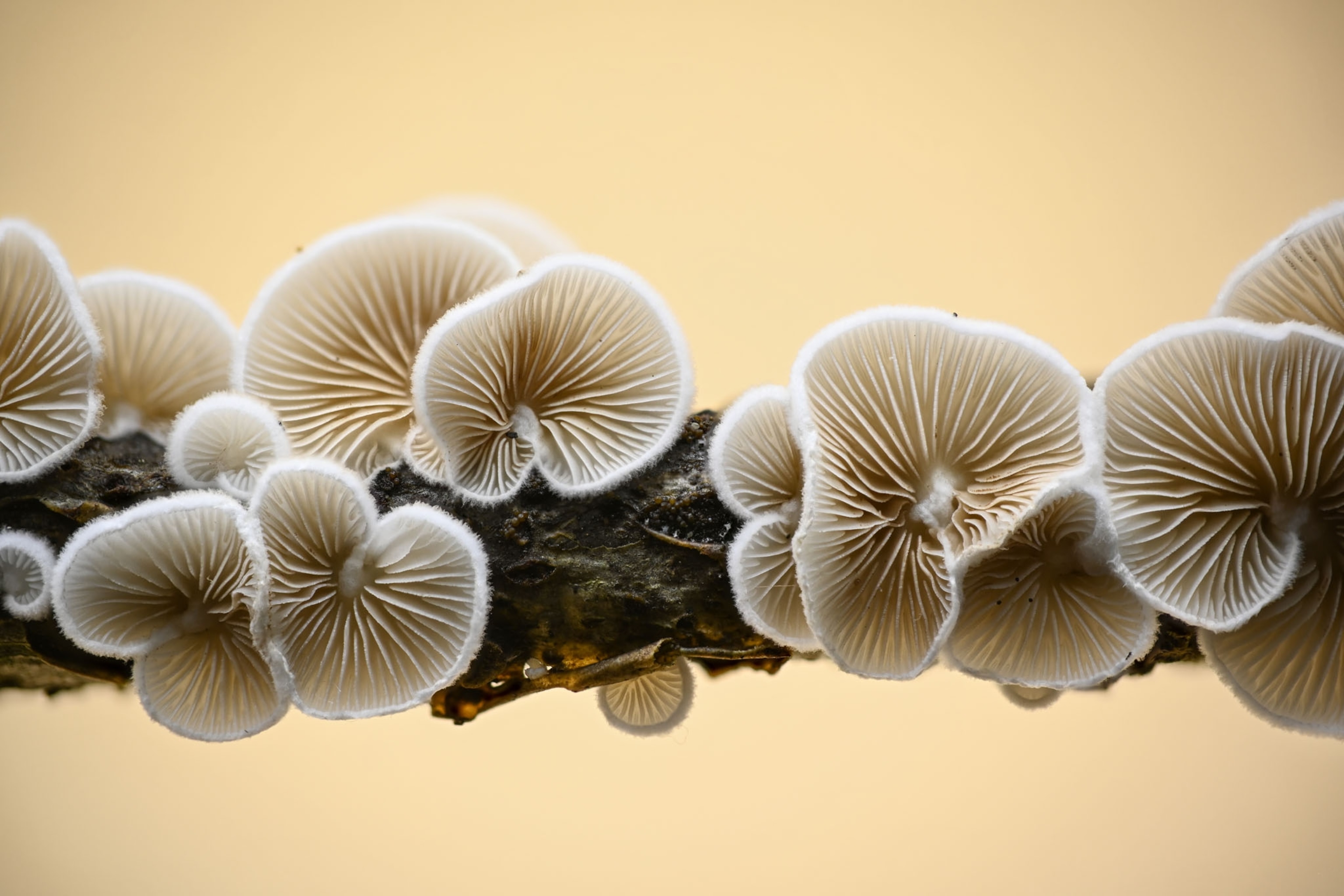
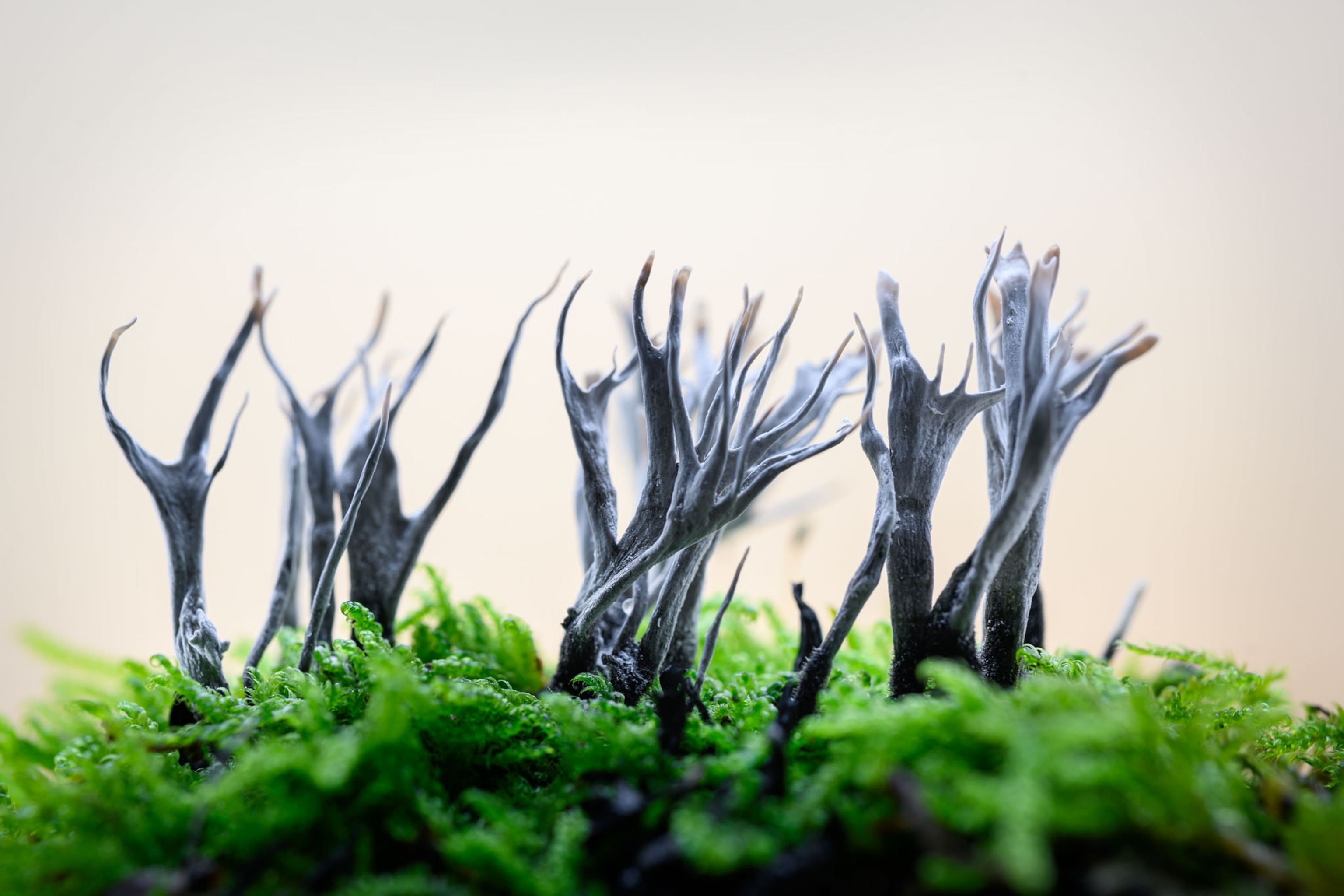
The situation may be changing. For fire prevention, twigs, branches, and trees—material that can be food for mushrooms—is being thinned from some Dutch forests. With the rise of power plants that run on biomass, that material can be turned into energy. But if there are disruptions of the woodland cycle in which rotting matter creates new soil, this could reduce the diversity of fungi and have ripple effects across the ecosystem.
In my yard, I’ve watched the various fungi grow and change with the seasons. My favorites are fly agaric mushrooms, with white stalks and bright red tops. I was delighted to discover the polka-dotted fungus, but my neighbor had even nicer looking ones. I asked him if he would mow around them when he cut his grass, so I could make an image—the one that opens this article.
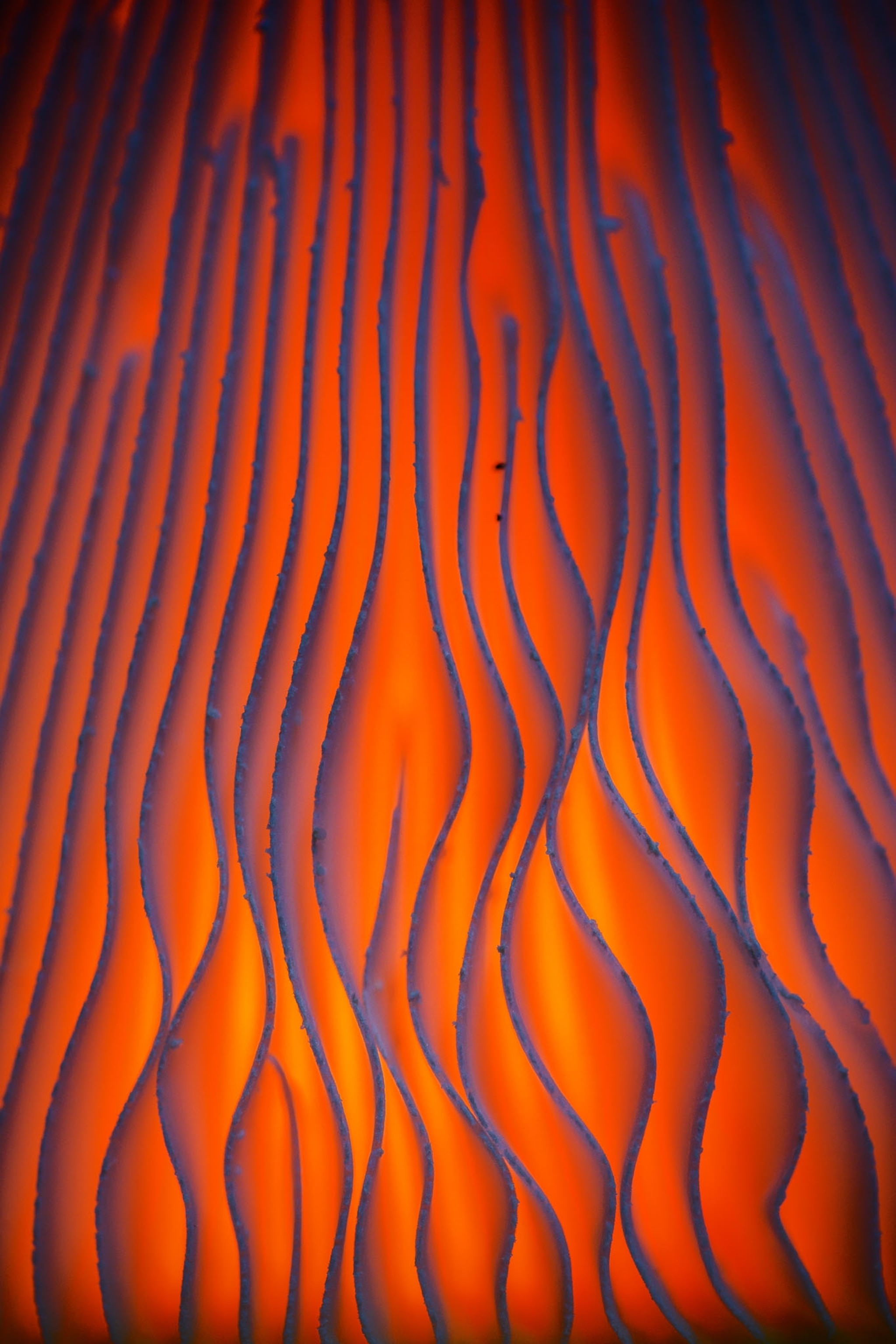

With fewer fungi, a forest would be less rich ecologically—and more boring. So I’m always looking forward to the damp of autumn, to see how the organisms will grow back.

